

EASTER ORDERS ARE OPEN!
Delivering on Easter Saturday
Select your preferred delivery date at checkout


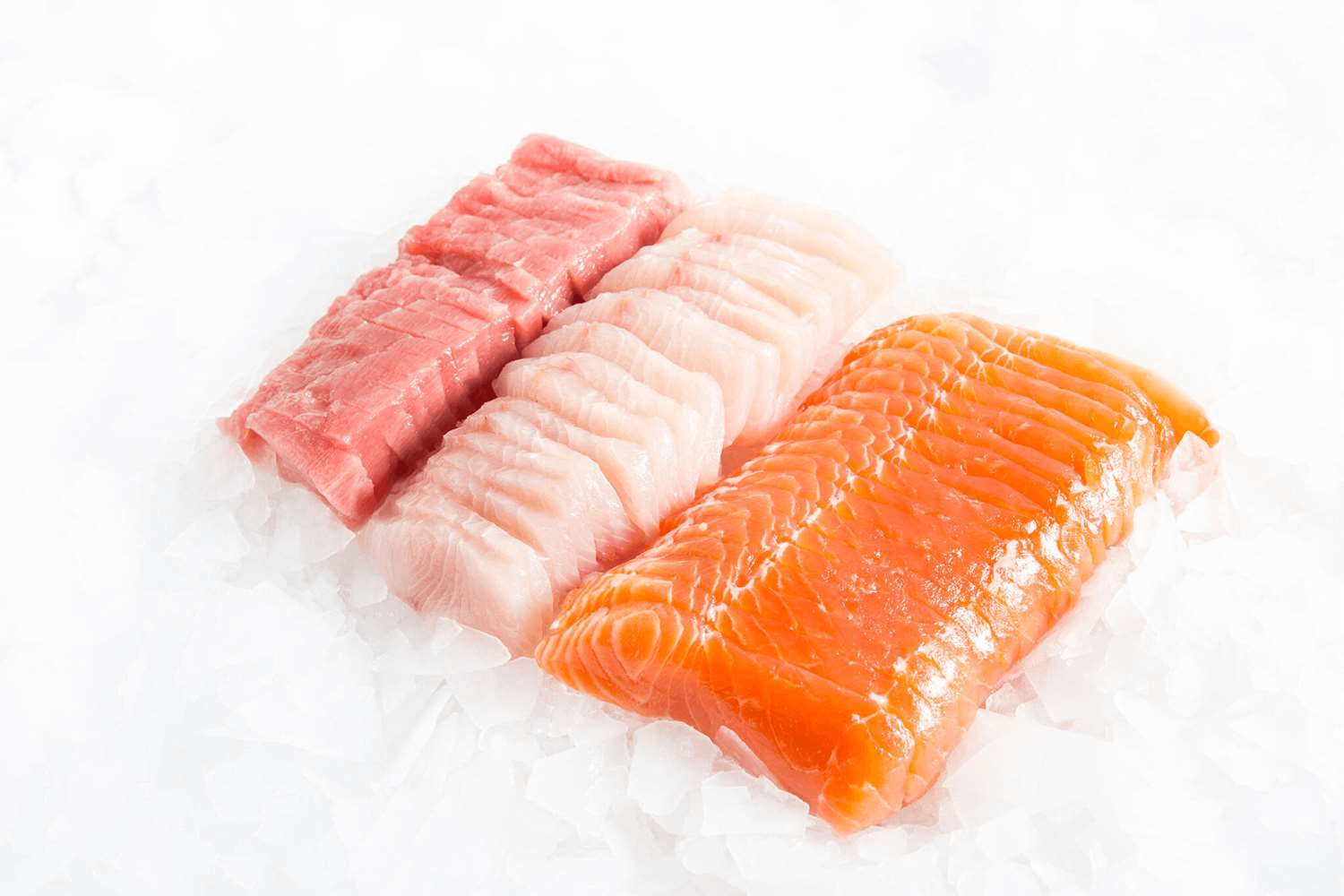
Can’t decide what’s best for your sashimi? Here’s a mixed sashimi box from Manettas.
As seafood enthusiasts, sashimi lovers take great pleasure in indulging in fresh, superior-quality seafood. They admire the dish’s elegant simplicity, as it accentuates the natural essence of the seafood while also spotlighting the exceptional knife skills of the chef who has meticulously prepared it. In this blog, we take a deep dive into the delicacy that is sashimi—what it is, what types there are, and how to make it.
Sashimi is a Japanese dish made from thinly sliced fish or other seafood. It’s served raw, often as the first course in a formal Japanese meal but can also be served as the main course, with rice and miso soup in separate bowls. The key to great sashimi is the type and quality of the fish, which should be as fresh as possible to ensure the best flavour and texture.
Many people confuse sashimi with sushi and readily think that the former is also hard to prepare. Sashimi does require careful preparation and knife skills, but it’s actually not as difficult to make. First off, the fish needs to be cleaned and filleted with precision, ensuring there are no bones or skin left on the meat.
Once the fish is cleaned, it’s sliced into thin, bite-sized pieces that are arranged on a plate or platter. Sashimi is typically served with grated ginger, soy sauce and diced green onions, as well as daikon and shiso garnishes for added flavour and presentation.
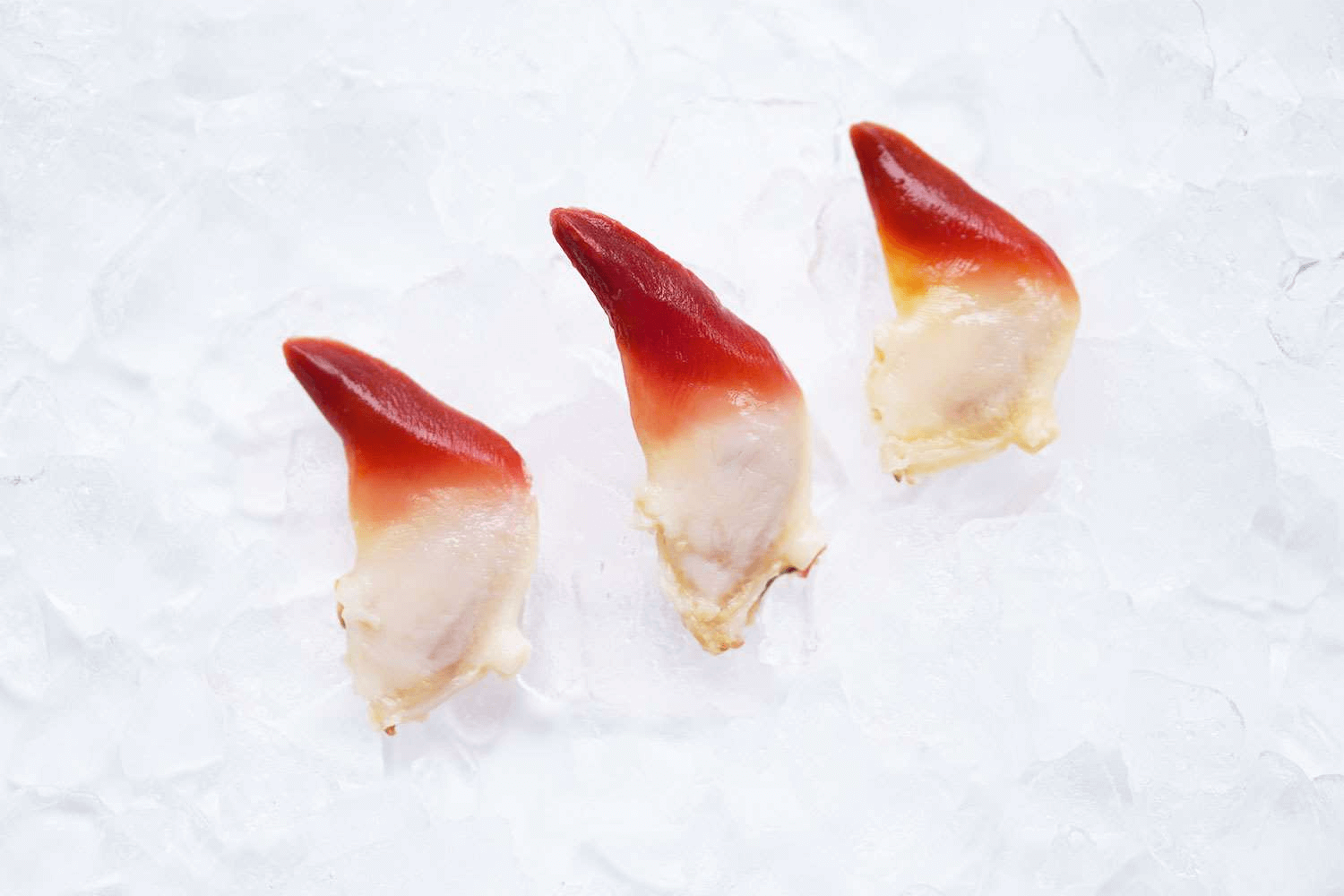
How about getting a little more adventurous by having something that’s not on this list? The Arctic surf clams sashimi is a tasty, honourable mention.
There are many different types of sashimi, depending on the fish used. You may notice that a specific type of fish under the mackerel family is commonly used in the Japanese restaurants in your area. That’s probably because it’s readily available in the region where you live.
However, there are some types of fish that are commonly used for sashimi. Here are some of them:
With its buttery texture and rich flavour, sake sashimi is very popular around the world. It’s typically served with soy sauce and wasabi or with a side of grated daikon and shiso leaves. The delicate taste of salmon, combined with the savoury and spicy flavours of its accompaniments, makes for a delicious and satisfying eat.
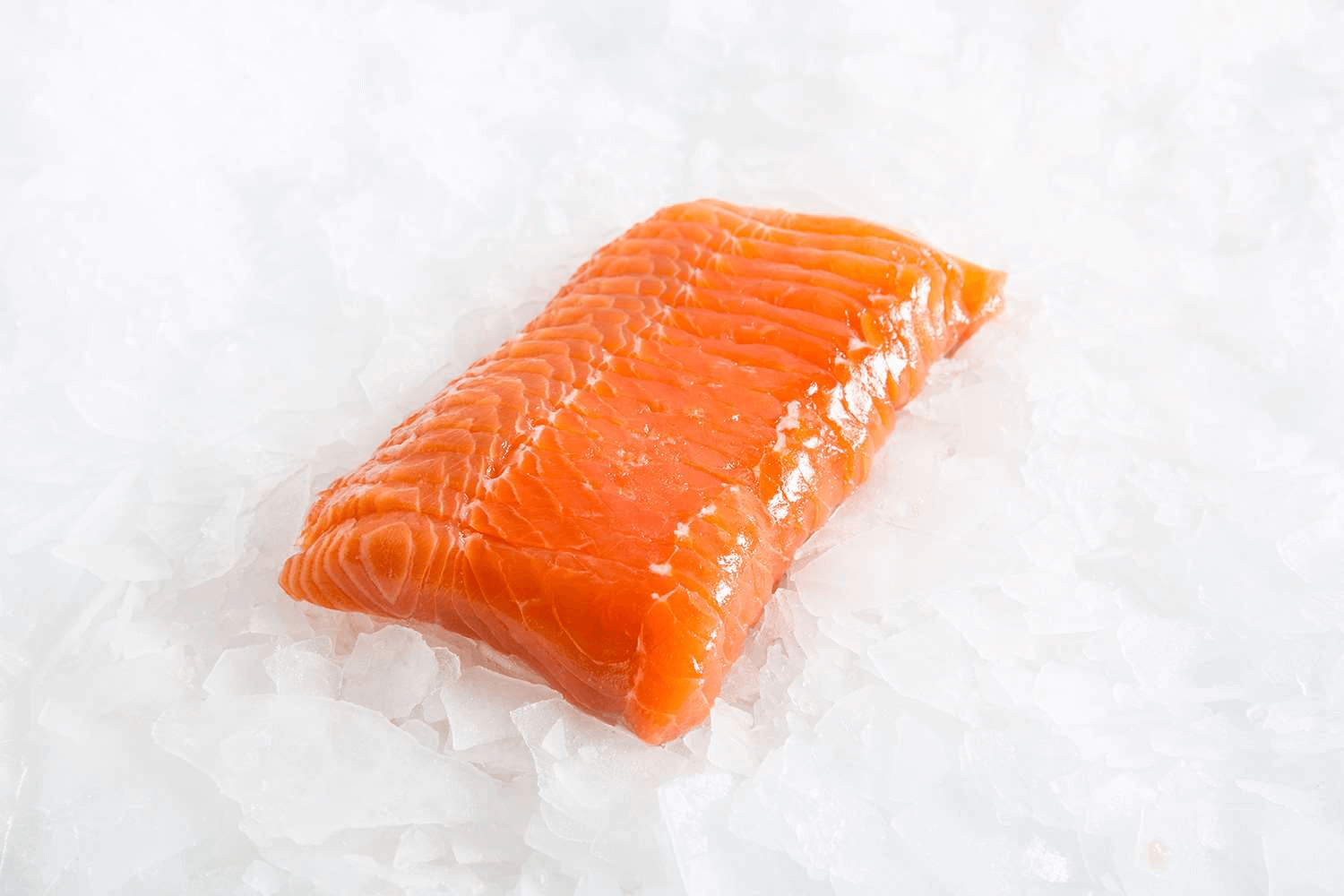
Raw seafood never tasted so good with this salmon sashimi.
Maguro is one of the most popular and widely available types of fish used to make sashimi. Its red colour indicates high fat content, making it perfect for the dish. You’ll love its firm, meaty texture with a mild and slightly sweet flavour. Maguro sashimi is often served with grated ginger and soy sauce.
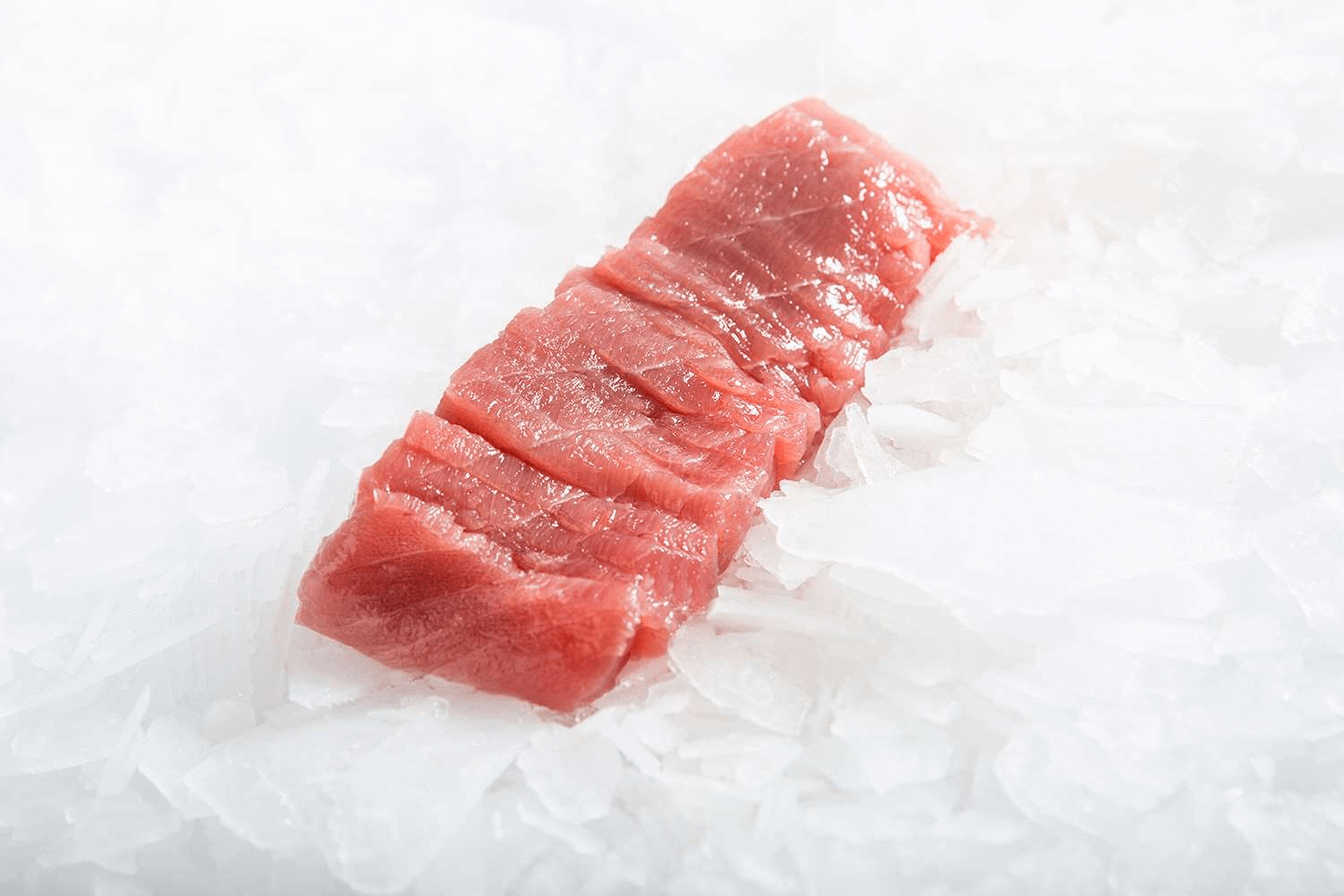
There’s a reason bluefin tuna is among the most popular types of fish for sashimi.
Katsuo sashimi is made from the bonito fish, a tuna-like fish of the tuna and mackerel family. It’s briefly seared over an open flame before being served, giving off a slightly smoky taste. The katsuo sashimi is highly valued in Japanese cuisine for its unique umami flavour and firm, meaty texture.
Among the many varieties of tuna, the bluefin tuna is probably the most popular. As to which one is the best is entirely up to you, but there’s a reason the maguro sashimi is a staple in Japanese restaurants. Other varieties of tuna that are commonly served as sashimi include the bigeye, albacore, yellowfin and skipjack.
One of the more common types of sashimi dishes, squid sashimi is often served with its translucent white flesh cut into strips that resemble noodles. It has a firm texture but it’s not chewy. Give it a try if you want a mild and pleasant flavour of raw squid for your sashimi.
If you prefer a mild, buttery flavour, the hamachi sashimi is right up your alley. It has a tender, delicate texture and is also high in fat, giving it a luxurious mouthfeel. Hamachi is often served with soy sauce and grated ginger.
Often found in the menus of high-end restaurants, hirame sashimi is served with soy sauce and wasabi or grated ginger. This white fish has a firm, springy texture and a faint, briny flavour reminiscent of seawater. A slightly sweet taste welcomes you in every bite.
How about the sweet, delicate flavour of hotate sashimi to stimulate your appetite?
It has a soft, buttery texture that melts in your mouth. Serve it with soy sauce, wasabi or ponzu sauce if you want to enhance the briny flavour of the scallops.
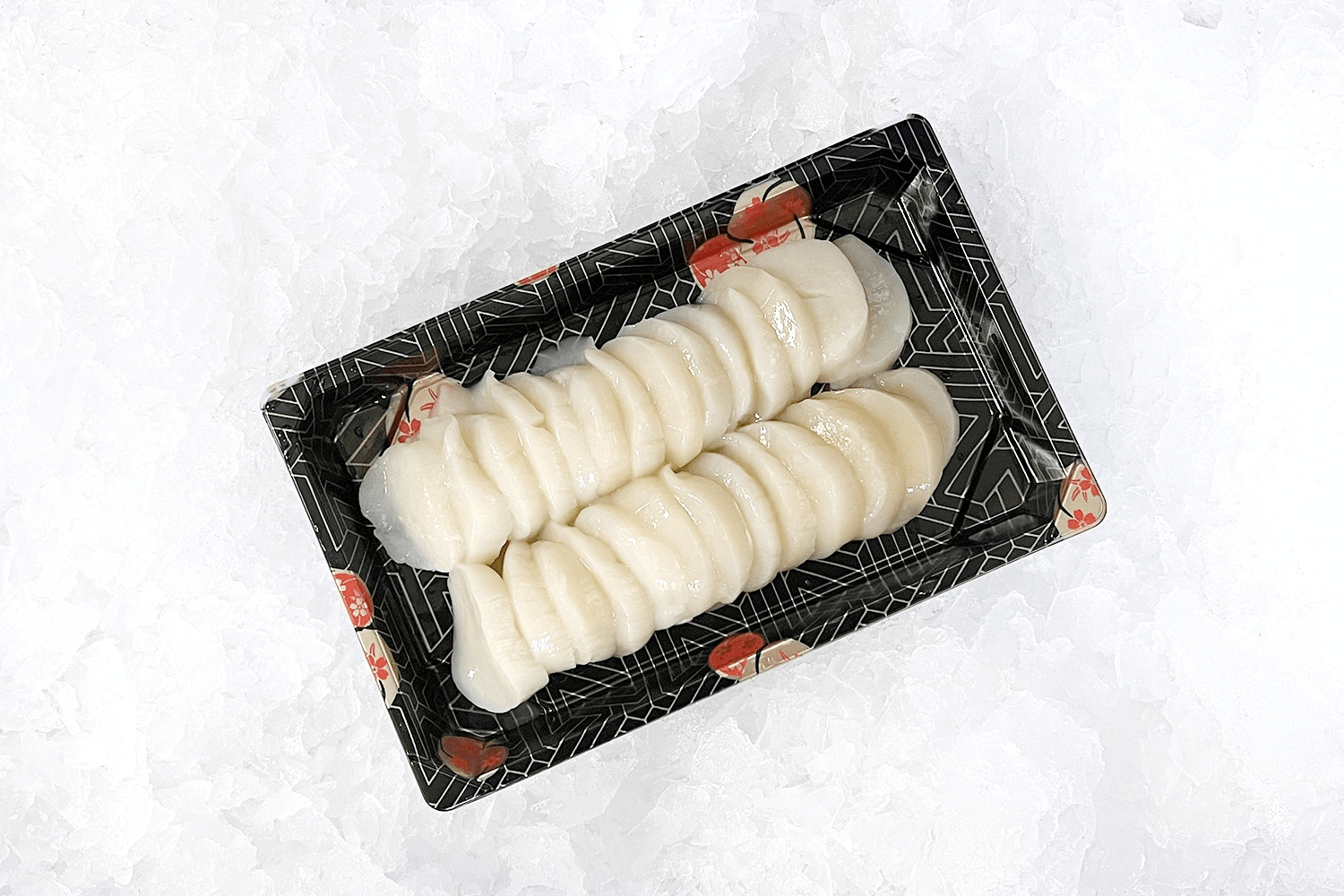
Want some scallop sashimi straight from the pristine waters of Hokkaido in Japan? Order from Manettas today.
Take the edible parts of the sea urchin and you get a unique flavour and texture for sashimi. Some might say it’s an acquired taste, but those who enjoy it appreciate its unique flavour and texture.
Depending on the variety, diet and gender of the sea urchin, the texture can range from firm to melt-in-your-mouth, with a rich and creamy sweetness. It does have subtle notes of the ocean but without the fishy taste.
Amaebi are cold-water shrimp that thrive in the deeper parts of the ocean and are caught at their peak sweetness. Sweet and succulent, amaebi sashimi is a premium type of sashimi not found in many sushi restaurants. It offers a uniquely sweet flavour that’s different from regular shrimp.
The thin slices of raw octopus give off a slightly chewy texture but you’ll surely love its mild, sweet flavour. Tako sashimi is often served with a side of sliced green onions and grated ginger or with soy sauce and wasabi. You can further enhance its taste with your choice of seasoning or marinade.
While it’s often described as having a complex flavour profile, aji sashimi is quite a treat, with its firm texture and rich umami taste. The fish may be scored before its cut into slices, and the finished product is often served with grated ginger and scallions, which perfectly complement the flavour of the fish.
Japanese mackerel has a distinctly rich and oily flavour, with a firm yet tender texture. Like the other types of sashimi on this list, the saba sashimi is great with soy sauce and grated ginger.
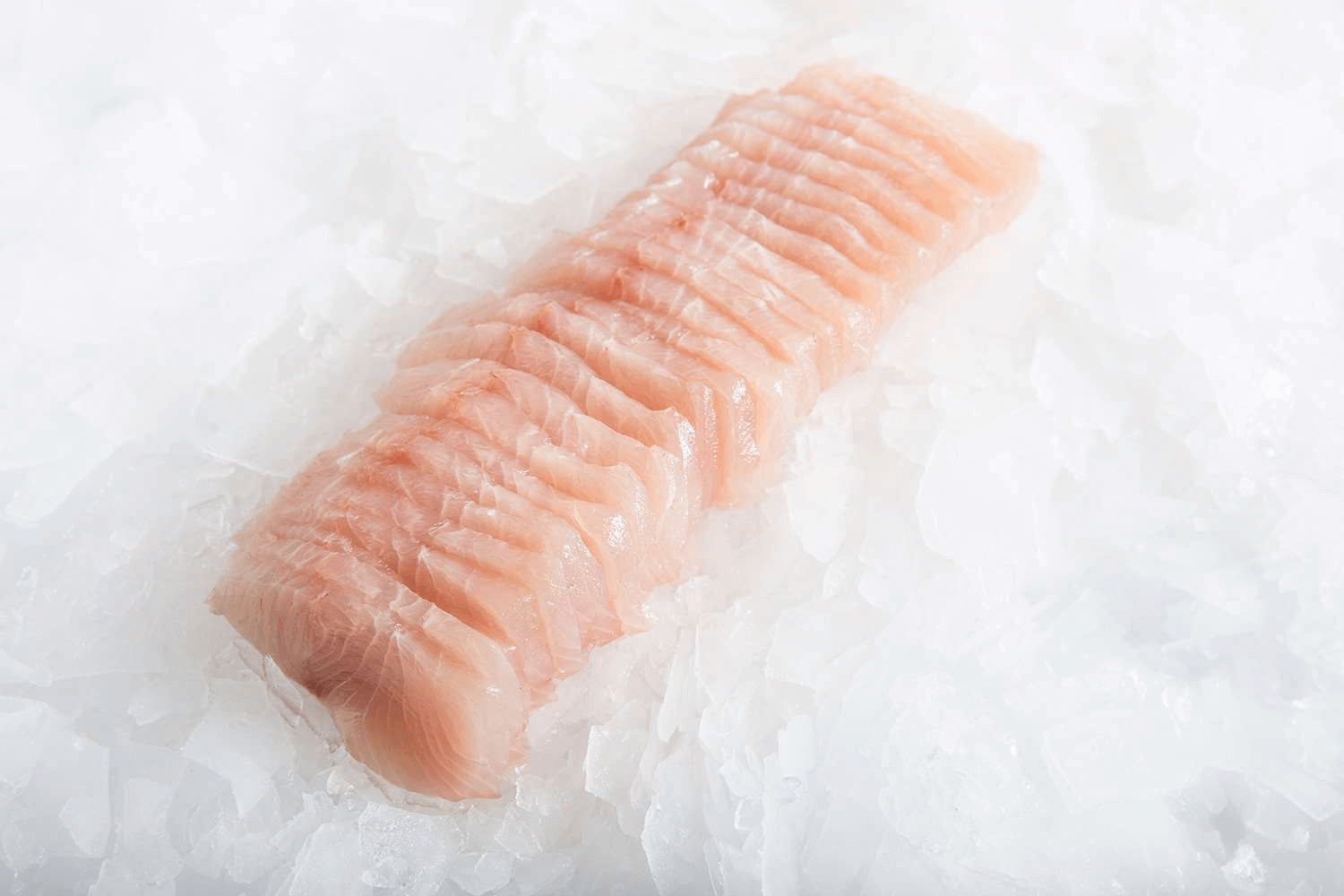
Japanese food is known for its pure and delicate flavours. This Hiramasa Kingfish Sashimi celebrates that.
Unlike cooked renditions, eating raw fish lets you savour the natural flavours, allowing you to enjoy an entirely unadulterated taste experience. There may be a lot of options, but ultimately, the best fish for sashimi isn’t the one most recommended by Japanese chefs or the most expensive sashimi fish in your local sushi restaurant—it will be that which aligns with your personal palate.
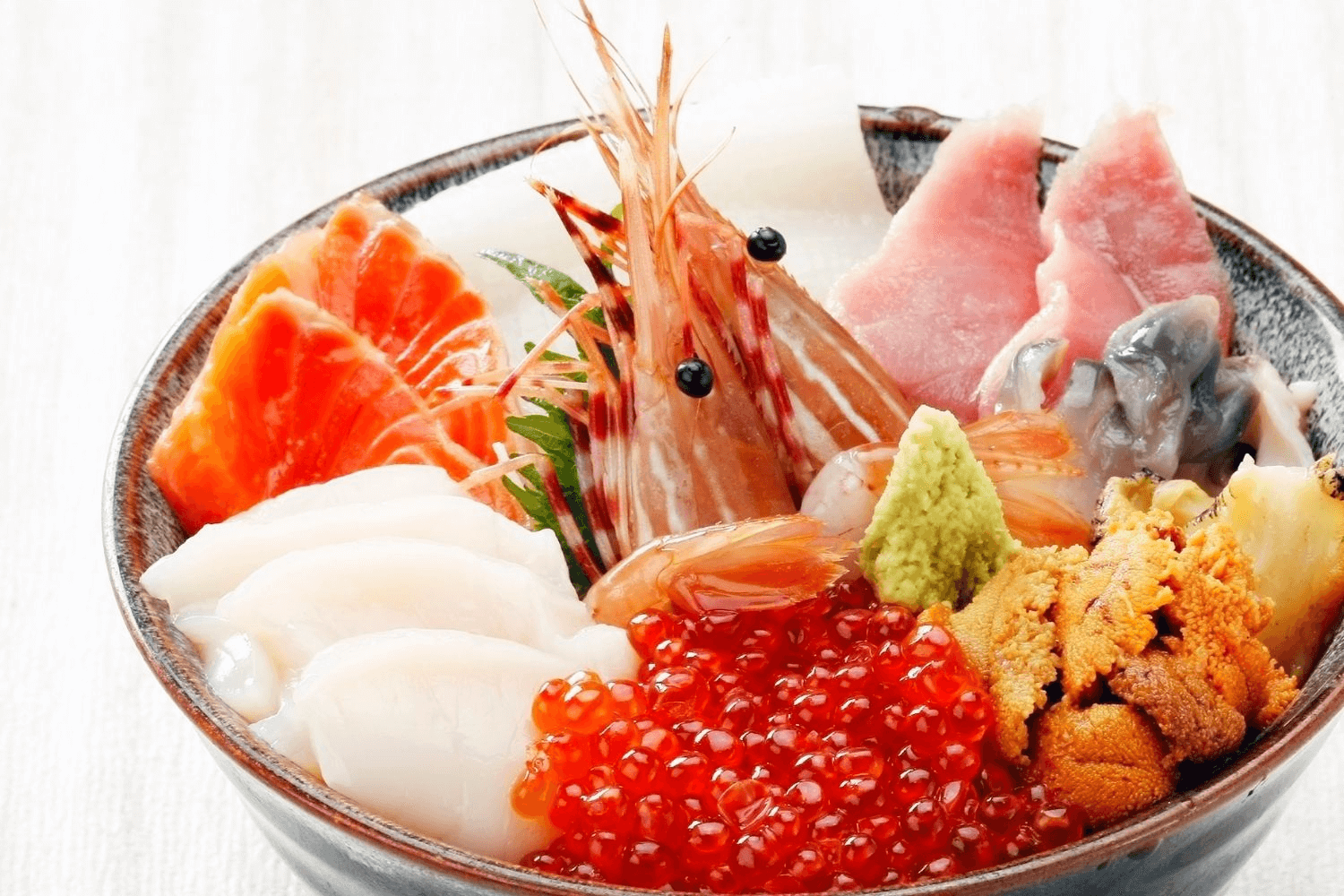
Do you like your seafood eaten raw? Try making this sashimi sushi bowl at home!